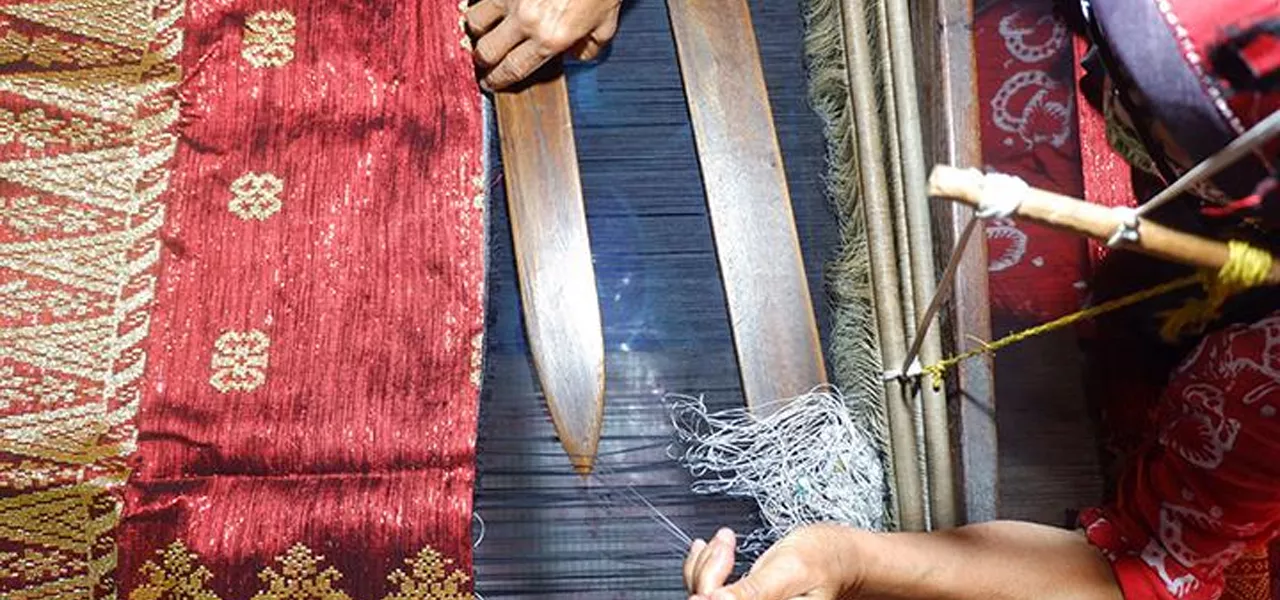MII NEWS
Get to know Indonesian Traditional Songket Fabrics that are Worldwide.

Woven fabrics are produced from handloom and handspun yarns, weaving is a process where threads are pulled through several layers until they form a complete thread or cloth. They can be found in many forms such as jackets, skirts, scarves and many other clothes.
The production of woven fabrics is done by weaving or weaving machine. However, this technology was not used to its full capability until the last decade - it took a long time to develop and implement machine-made fabric production. There are many types of Indonesian woven fabrics, because each region has its own characteristics. Several types of Indonesian fabrics have managed to amaze the world, one of which is songket.
Let's get to know what songket traditional cloth is. This traditional Indonesian cloth is made by the Minangkabau and Malays. This songket belongs to the type of brocade weaving. This cloth is woven by hand using silver and gold threads
The word songket comes from the term sungkit in Malay and Indonesian, which means "to hook" or "to gouge". This has to do with how it is made picked up and picked up a pinch of woven cloth, then tucked the golden thread. In addition, according to some people, the word songket may also come from the word songka, a typical Palembang songkok which is believed to be the beginning of the habit of weaving with gold thread. The term menyongket means 'to weave with gold and silver thread'. Songket is a luxurious woven fabric that is usually used at parties, celebrations or parties.
Songket can be worn wrapped around the body like a sarong, draped over the shoulder, or as a headband or as a tanjak, decorative headband. Tanjak is a kind of head covering made of songket cloth which is usually worn by the sultans and princes and nobles of the Malay Sultanate.
According to tradition, songket can only be woven by virgins or teenage girls; but now the men also weave songket cloth. Some traditional Sumatran songkets have patterns that contain certain meanings.
Songket has to go through eight stages before becoming cloth and is still traditionally woven. Because the weavers usually come from villages, it is not surprising that the motifs are also patterned with local animals and plants. Since time immemorial, songket is a popular choice for traditional Malay, Palembang, Minangkabau, Acehnese and Balinese wedding dresses. This cloth is often given by the groom to the bride as one of the marriage offerings.
Today, Malay men's formal attire often wears songket as a cloth wrapped over trousers or as a headband, tanjak, or headband. As for the women, the songket is wrapped around a sarong that is combined with a kebaya or clothes brackets. As an object of art, songket is often framed and used to decorate the room. The modern application of songket cloth is very diverse, ranging from women's bags, skullcaps, and even cell phone pockets.

